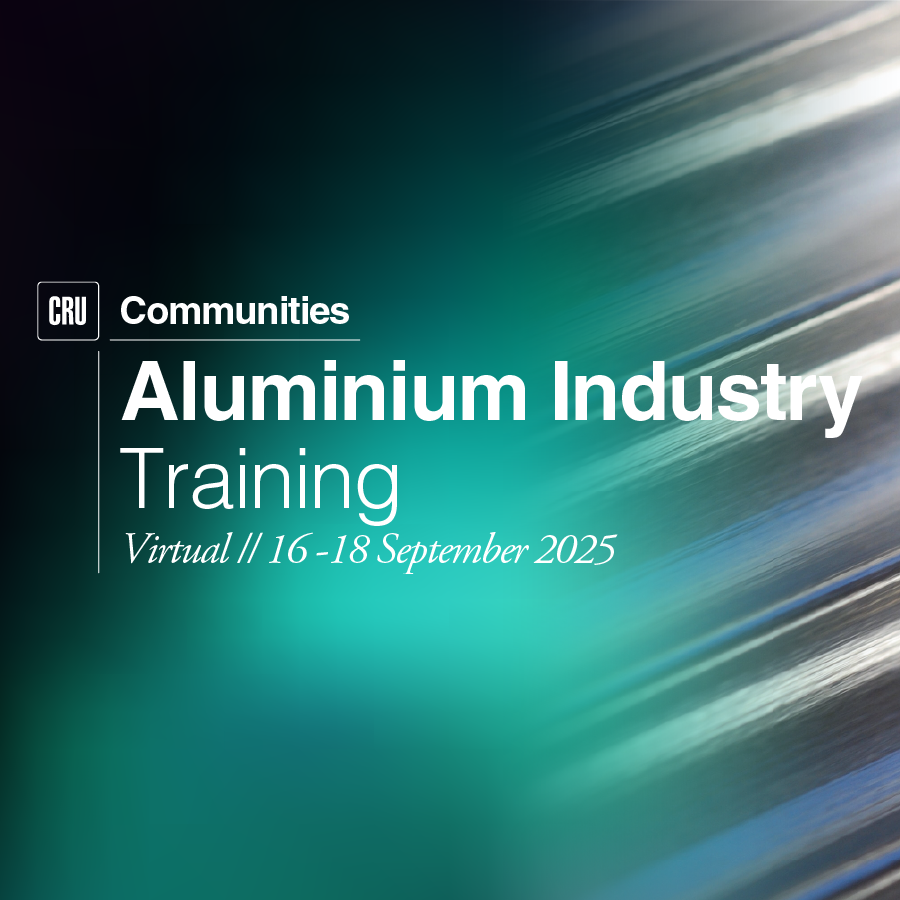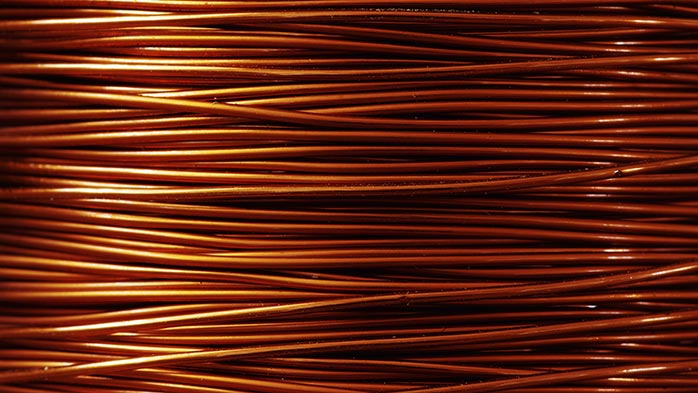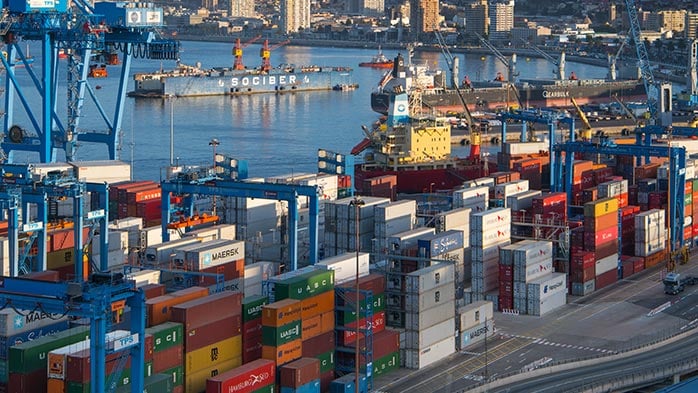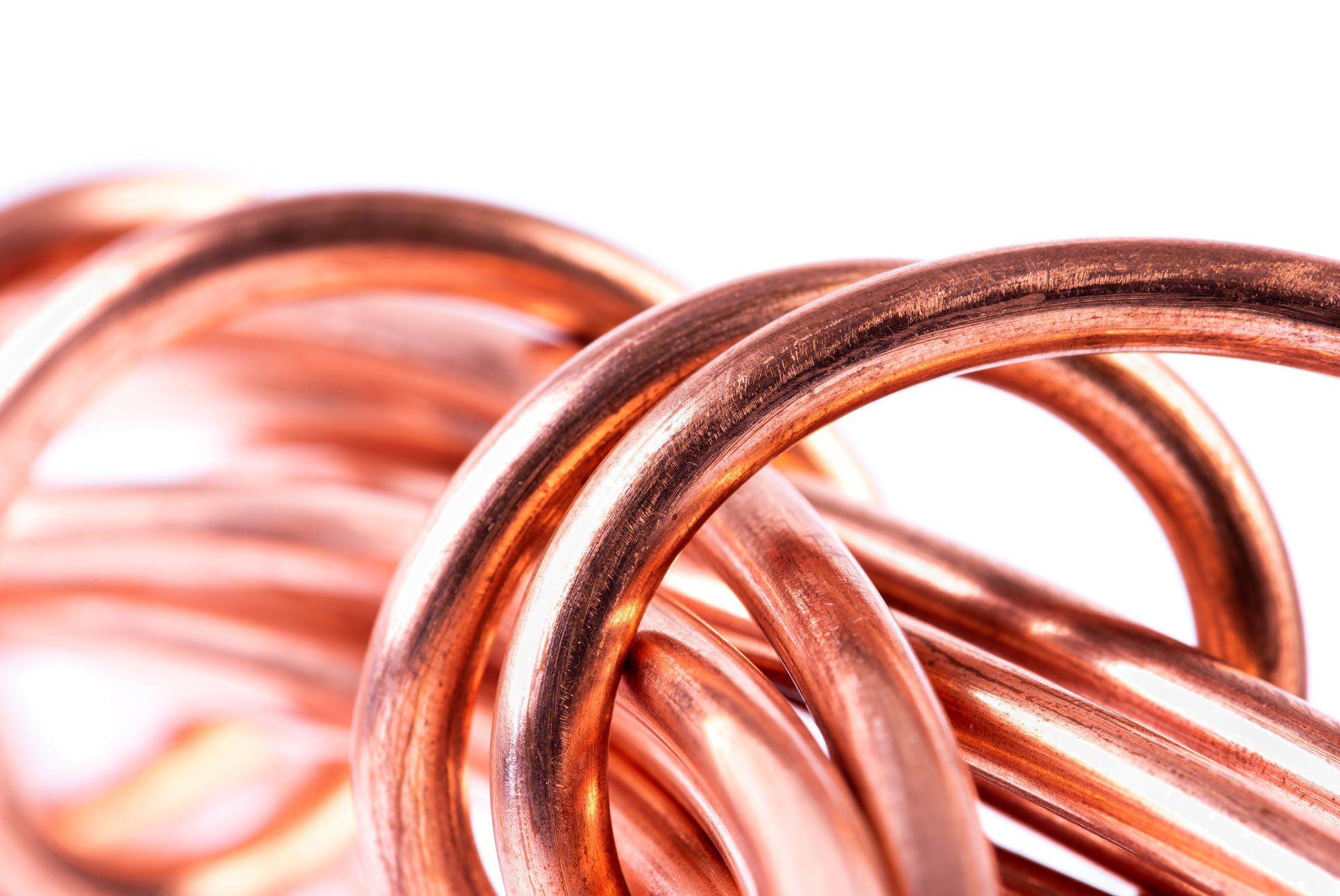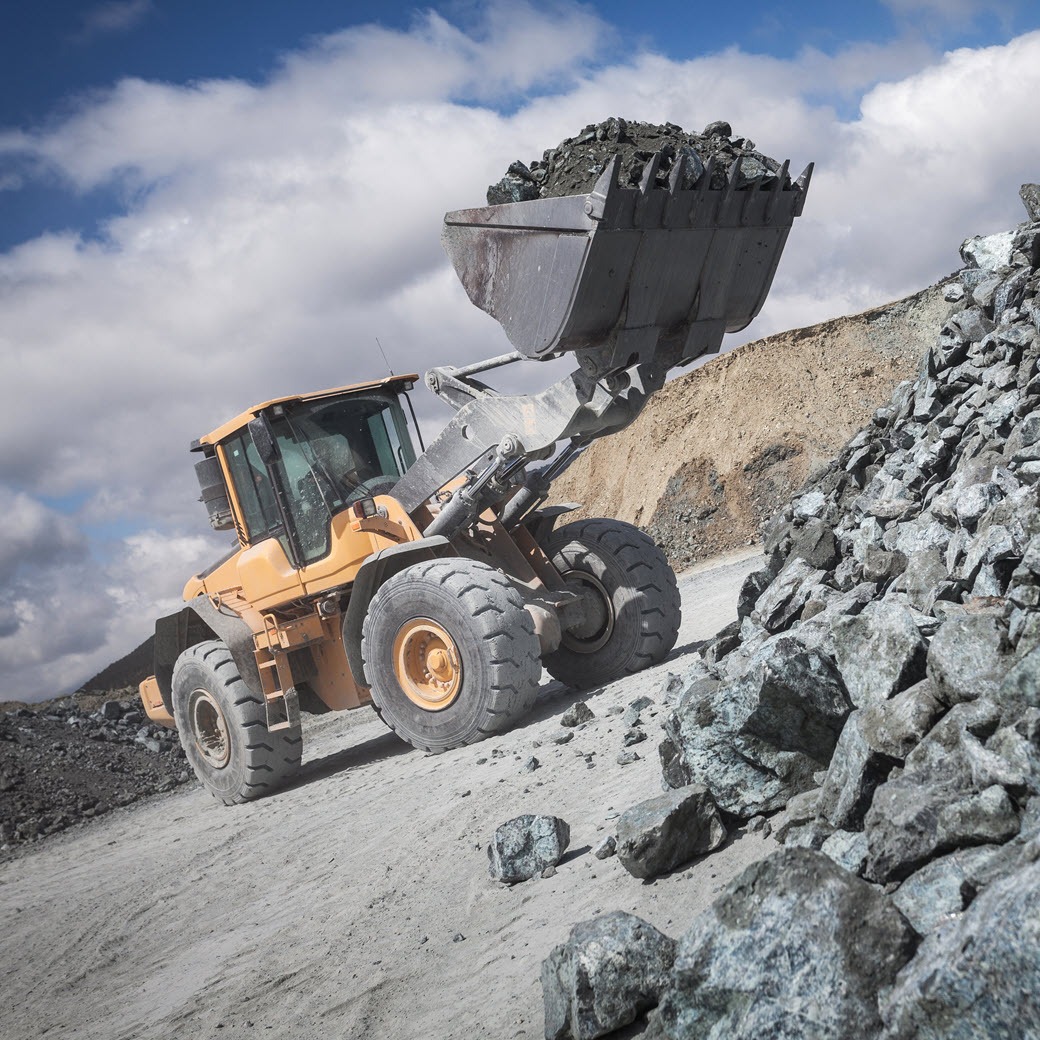In October 2017, the International Maritime Organization (IMO) confirmed that it would proceed with implementing the reduction of the marine fuel global sulphur cap from 3.5%S m/m to 0.5%S m/m on the 1st January 2020.
This policy is known as the IMO MARPOL (International Convention for the Prevention of Pollution from Ships - Marine and Pollution) Annex VI Regulation, and its primary aim is to reduce greenhouse gases emitted at sea. MARPOL initiatives were originally implemented in 1973 to reduce the quantity of polluting and hazardous substances that were being discarded or burned, building on earlier regulations put in place for transporting hazardous waste in the Basel convention. Of note, the Emission Control Areas (ECAs), which have a more stringent sulphur policy of <0.1%S m/m, will remain as before. The ECAs laid out under MARPOL Annex VI are: Baltic Sea, North Sea, designated areas in North America, designated areas in Caribbean.
Clarity is not forthcoming, but we have some answers
In this insight, we revisit the topic of MARPOL, consider the options previously laid out, and add to that details concerning forecasts of costs, rates of scrubber uptake and vessel route examples. In addition, I will provide commentary from various meetings with analysts, bulk carriers, ship owners, major freight users and oil refineries. One clear take away is that despite MARPOL now approaching and only one year away, there is no consensus. As such, there is a large price risk attached which has yet to be clarified how/if it is passed on and how it can be managed from both a risk and logistics perspective. Price signals and economic incentives will always drive the market.
Newly commissioned vessels setting a trend
Given that scrubbers will add weight to a vessel, reduce the capacity available for the product, and generally equate to an efficiency loss of between 1-2%, the expectation is that larger vessels will use scrubbers to a far higher proportion than Handymax and below. Smaller vessels operate in coastal regions already and thus likely to have already come under some form of lower emission requirements and be consuming lighter fuel.
Having sized up dry-dock capacity and order books from scrubber fitting companies, we now expect at most 2500 ships to have scrubbers fitted by 2020 and closer to 5000 by 2025, though incentive structures will change over that time period, affecting the rate. A portion of work can be carried out on a vessel being fitted for a scrubber while it is at sea, saving time in dock and reducing over costs.
Conversations with shipowners and docks has indicated that of the 2500 ships that are forecast to have scrubbers fitted, 300 will be passenger cruise ships and more importantly approximately 1000+ will be panamax or capesize vessels. CRU has learned that at the end of Q2 2018 the order book for bulk vessel scrubbers was at 300 vessels but is now sitting closer to 1,000. The lead time is currently at 9 months.
A survey of companies involved in scrubber fitting suggests that bookings are up 400% y/y, with a spread of nearly 50:50 for new fits versus retrofits. Large commissions for vessels, such as that by China’s Cosco, who are purchasing 25 capesize vessels, specifically to move bauxite from Boke in Guinea to China (11,000mile trip), are yet to confirm whether they will fit scrubbers or burn MGO. We are also told that new builds of LNG vessels have had a significant increase in interest, specifically on key LNG supplied routes where the cost saving and emission protection creates the highest value.
Preference dictated by route and payment plans
Using the CRU freight model alongside discussions with the market, we present several scenarios along to bulk vessel routes that would allow for various options to be considered (rather than routes where only a single fuel may be available).
It has been said that a shipowner could pay down the cost of installation of a scrubber within a single year period. CRU believe this to be far too aggressive, and most likely impossible. We take a longer-term view that 7 years would be an appropriate time period to offset the initial capex of the installation. A no scrubber option contains the premium of using a low sulphur fuel. The spread between HILO at this time is set at where the crack spreads are trading in the futures market. This provides us with $285/t differential, however this is an extremely volatile spread and will continue to fluctuate significantly throughout 2019. Hedging becomes another component to consider for both vessel owners, time charterers.
Costs will rise in all scenarios. Therefore, the optimal price will rest between the options. The difference between these two choices will converge over time as time charter rates and fuel prices adjust to match the current and projected demand profiles. Heading into the end of Q4 2018, CRU understand that the HILO spread has narrowed slightly and that time charter rates are also falling.
Let the negotiations commence
Disagreement as to how to split the uptick in costs has created mass uncertainty in multi-year contract negotiations. Time charter rates are set to rise to incorporate the additional fuel cost, while those taking on the fuel cost independently will be bidding for vessels that meet their expectation on price differentials, namely HILO spreads. This competition may well leave certain shipowners in a stronger negotiating position. Discussions with vessel owners unsurprisingly all indicate that they are positive they can pass on all the fuel cost burden to the end customer. For markets such as bauxite, coal and iron ore, which have relatively low FOB costs, but, due to the delivery locations, has a higher CIF % value of the FOB than other products, this will drive up the cost of raw materials and may change the dynamics of where beneficiation takes place relative to mines.
Oil refineries are unwilling to invest en-masse
Significant investment by refineries to meet the LSFO requirement as the market swaps out of the 3.1mb/d of HSFO consumed. This amounts to approximately 3% of total crude production. Discussions with refineries indicate two key issues:
- Crude slate for most refineries is unchanged and they will not be sourcing other crude. Refinery runs are optimised for that crude.
- If a crude slate is low sulphur then investment is not required, they have a comparative advantage as the cost of desulphurisation is high, including capex. Investments costs $100m + in some cases and takes many years to construct and implement.
As such, refineries who already have complex breakers to capture more of the middle distillates will generate a significant margin versus HSFO. However, this does not account for the initial investment.
CRU are yet to speak to a refinery directly who are specifically investing in refinery crackers due to MARPOL, though some investment over the past 5 years has had the move towards lower sulphur fuels and governmental emission limits in mind when providing a justification and assessing future demand.
Must remember the total crude market is around 100mb/d…there is margin to be made throughout the barrel…refineries want to convert and capture and compete in that product and region. Not refine everything for everyone.
Options available are largely unchanged – cost of scrubbers is lower than previously forecast
< 0.5%S Low Sulphur Fuel Oil (LSFO)
While this would immediately meet the needs of the shipping companies, it is expensive, has varying specifications on a refinery by refinery basis and is a difficult product to obtain, with only 100kbpd of production capacity available and limited interest to expand. The limited geographical availability of this product will also decrease its viability. It has also been noted that engines running LSFO may not be able to switch refinery oils as there are differences between the current offerings.
Marine Gas Oil / Marine Diesel
CRU believe that this route is the most obvious and will be the solution for the majority of vessels. MGO and equivalents can be generated by increasing secondary refinery runs and de-sulphurisation. Clearly, further cracking of the barrel costs more, but the premium will be passed on by the refinery to the end-client, the carrier. Shipowners will need to consider the differing lubrication levels that each strain of MGO will offer.
Scrubbers (open and closed system)
We understand that between 1000-2500 ships will be fitted with scrubbers in time for 1st Jan 2020, a very small proportion of total vessels. Given the finite number of shipyards globally who can carry out this work to retrofit vessels, this number is likely on the high side. The cost is between $1-5m, though the topside retrofitting cost will be dependent on availability at the dock and requirement for timely fitting. However, it is the rate of uptake of scrubbers in 2020 and beyond that is most important to price differentials. Scrubbers can be closed, using a caustic soda solution to level out the pH levels. This leaves an additional pricing exposure to the well bid caustic soda market, where closures of chlor-alkali mercury cell plants have tightened the supply side. Open systems use the alkaline in the seawater to wash-in and neutralize the fuel emissions.
There will also be safety concerns with the handling and disposal of the sludge produced, a matter than may well be clamped down on soon. Currently the emissions can be legally released into the sea, rather than illegally into the air. It is this fact that leaves those going down the scrubber route extremely exposed to further marine regulation on pollutants being put directly into the water.
Liquid Natural Gas
Some major users of the international freight market, both on the wet and dry side, have been commissioning exploratory studies, particularly on the viability of LNG-fuelled bulk vessels. One notable report was produced for Woodside Energy (with Rio Tinto, BP, Mitsui OSK) and focused on the major so-called ‘green corridor’ between China and Australia. Woodside have the first LNG marine support vessel in the region and this has become the basis of a number of sea trials. When considering LNG, it will make most sense for those in the Middle East and Australia – China, where nearby LNG production will reduce costs and increase efficiencies, tipping the balance in favour of this method. LNG has a major cost advantage versus traditional fuels, and will sail well below all sulphur and nitrogen oxide emission caps. However, the infrastructure right now is limited and there is a prohibitive cost in retro fitting a vessel to use an LNG system. From a capacity perspective, the LNG engine bay also takes up a larger cubic space, which for some vessel sizes/volume specific contracted routes, will be the limiting factor.
Non-compliance
MARPOL is not a law actionable in court. When off-shore in international waters, vessels are essentially autonomous with little interaction with authorities. Even when within regulated areas, examination of ships for pollutants is extremely hard. Given the impossibility to monitor all ships operating, the industry will rely on self-regulation. Shareholders, owners and governments will all have a stake in this. If larger shipping companies comply, which we believe they will, then it is they who will push for enforcement, to ensure a level playing field. Large multinationals, who make up the majority of seaborne freight, have a public image that is an important component of their business. There have been discussions of monitoring ships when loading fuel, or using remote detectors, but no guidelines have been put in place. The IMO state, “Monitoring, compliance and enforcement of the new limit falls to Governments and national authorities of Member States that are Parties to MARPOL Annex VI. Flag States and port States have rights and responsibilities to enforce compliance. IMO is working with Member States as well as industry (including the shipping industry and the bunker supply and refining industry) to identify and mitigate transitional issues so that ships may meet the new requirement.”
Temporary Exemption (ad hoc)
The IMO gave themselves a get-out clause to roll forward the MARPOL regulations by five years if they did not deem there to be enough capacity of appropriate grade fuel to service the international fleet. The IMO’s study confirmed that the market would be able to procure the volume, but industry reports suggest that this is not the case. As such, we may see applications for exemptions, which is a process we see in the ECA when a vessel is unable to secure compliant fuel but needs to operate in the region. While there is no financial burden associated with this currently, an abuse of the system on a larger scale will lead to swift changes to the rulings.
Aluminium industry exposed to freight rates and petcoke
Despite the forewarning in 2016, the shipping and refinery industries are not fully prepared for what is to come on the 1st Jan 2020. There remains a significant number of unknowns which cannot be resolved until the implementation date ticks over. CRU forecast a period of extreme price volatility in the freight and crude products market creating significant swings in refinery and freight profit margins. Strategic decisions made ahead of MARPOL 2020 will likely dictate whether a company will end up a winner or a loser.
Why is MARPOL so important to the aluminium value chain? The impact is twofold. Firstly, it will significantly change the cost of international seaborne freight, which given the large 3rd party market in bauxite, alumina and aluminium, not to mention aluminium products, will be substantial. The cost will need to be attributed to some part of the value chain, or perhaps the shipping companies can absorb it? Secondly, for the carbon products market, the binary change from 3.5% to 0.5% fuel consumption on such a large scale will alter the demand for sweeter crude slates, refinery runs focusing on middle distillates, movement in the crack spreads and finally, the availability of residual products such as green petroleum coke, which when calcined is the major cost component of a smelter’s anode. This will change the dynamics in the coke market and lead into a change in raw material costs for smelters.
Why is my bunker empty?
Bunker fuel has long been the fuel of choice for marine vessels, especially large bulk carriers, gaining its name from the large storage facilities used to contain the fuel at ports. Bunker fuel is split into A,B,C grades, increasing in viscosity. Importantly, it generally requires heating before it flows. It is sometimes blended with a lighter fuel. A typical bunker fuel is 3.5%, and this is an open standard with homogenous specifications available at ports throughout the world. Shipping companies can be sure that they will have the fuels that suit their engines available along their trade routes, ensuring efficient and economical planning, and minimising dead-legs for refuelling.
The MARPOL regulation will affect 75% of marine fuel demand (the remainder being a combination of LNG, Gasoil/Diesel, RFO, ULSFO). Currently, approximately 3Mbpd of high sulphur fuel oil (HSFO) is consumed, all of which will need to find alternatives in order to comply with MARPOL 2020.
Decision time approaches
The choices that each vessel owner must make is awash with future variables that will have a material impact on the financial outcome of said decisions. Game theory is in play. For those looking to invest in scrubbers, they are relying on a large enough discount to appear between the HI-LO FO to justify the expense. Most scrubbers will also be fitted using financing agreements (add in the dry dock time), increasing the overall cost. However, if enough vessels use this method, the consumption of high sulphur fuel oil will remain high and the discount will not be sufficient to pay off the scrubber installation. If the discount for HSFO is large enough, it may well find its way into the power generation market, replacing coal. This new consumption source will also add to the volatility and exposure of those buying bunker fuel for marine use.
Middle Distillates are the order of the day…if possible
Most refineries are geared to process a single crude slate and have limited facilities on-site to alter the process. As such, those that have been setup to refine heavy sour crudes will likely remain doing so. This is a function of not wishing to spend significantly to add cokers, hydrocrackers & hydrotreaters, but also, of most likely having a steady stream of heavy sours and are unable to alter the drilling and crude slates in the region.
Regions such as those in OPEC, Russia (Urals) and Canada (West Canadian Select), who have traditionally been producing sourer grades versus the likes of Brent oil, will suffer as the differential between regional contracts grows.
European refineries have the technology and complexity to react to this change in demand patterns and crack more of the middle distillate component of the barrel. Middle Eastern refineries have been investing heavily in complex refineries and should be able to capture an increased market share from premium low sulphur fuels.
Very limited possibility of a petroleum coke shortage
With the potential destruction of the residue component of the barrel, as HSFO is no longer demanded by the marine sector, the petcoke component is under threat. What is clear is that the blending of products will have a wider range as the 3.5% disappears. However, there is some believe that refineries would prefer to process this high sulphur feedstock in a coker and get a premium rather that sell at a discount the HSFO. This is heavily dependent on the structure of the coke, with sponge required for anodes. For the aluminium market, the MARPOL regulation is going to become an increasingly prominent talking point and risk factor as we head into 2019. 1st Jan 2020 is cruising into our eyeline at a high rate of knots.





